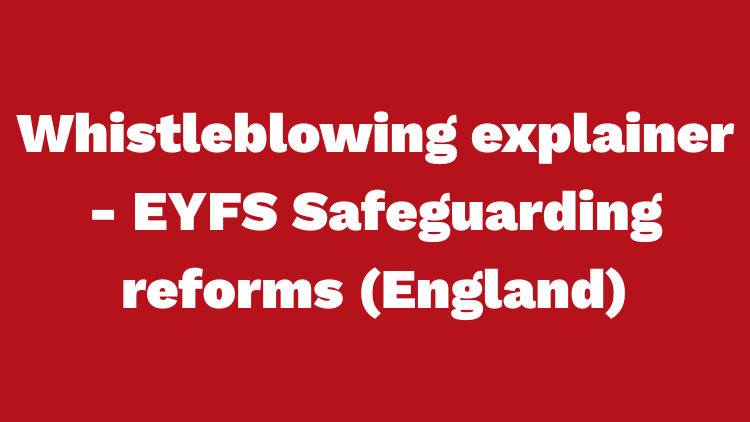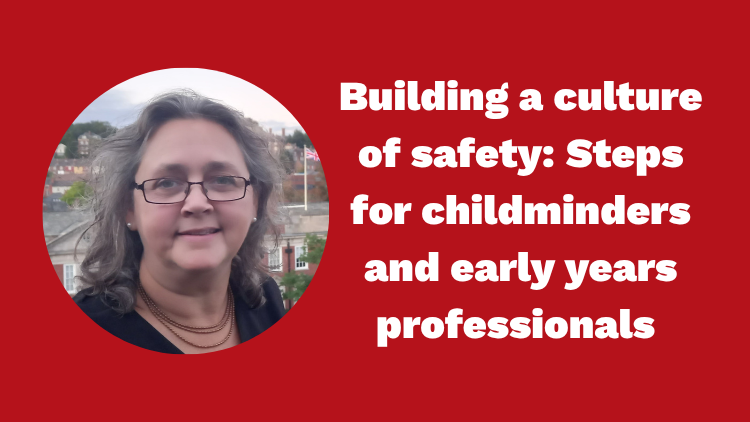Penny Tassoni, PACEY President
Words are everywhere. You are looking at words right now. No doubt during the course of the day, you will hear words; from people, from technology and hopefully also from children. It is high likely that you will also use words today. You may write a comment at the bottom of this blog, talk to other adults and maybe even children.
Words are powerful. They reflect feelings, frustrations, information but also ideas and creativity. They are often the part of the complex chemistry that hold a myriad of relationships together. Parents take pride in their child’s first words while a few years later, the same child will use words to argue back. So given that words are so powerful, it is worrying that so many children are not showing the levels of language that would be expected. Yes, there has been the covid pandemic, but let’s be clear, this is not a new problem. The trail of discarded initiatives and resources are evidence to this. Ironically, there are plenty of quite simple things that we can do as practitioners that can make a positive difference to children’s language. Here are five ways to create optimum conditions that will help children’s language to flourish.
Focus on relationships
Babies and young children don’t learn to talk because it’s good for them. Nor do they worry about their future education achievement. Instead, they communicate and later talk because they want to connect to key adults and children in their lives. Understanding the emotional dimension to language means recognising also the role that physical contact has on babies and children. Holding an adult’s hand or snuggling in when looking at a book. Without these warm relationships, some children only communicate on a ‘need to talk’ basis in settings.
- Make settling and transitions an absolute priority
- Offer a hand or a hug as part of your everyday interactions with children
- Be aware of children who talk a lot at home, but are quiet in your setting
Child centred
A lot is written and said about quality interactions. This is because while children do not need to hear wall to wall talk, they do need frequent, enjoyable and sustained conversations with adults. For children who have lower levels of language, the number of conversations really matters. These children, in particular often need the power of one to one interactions where the adult is only focusing on them.
The good news is that anything can be the subject of these interactions and they can happen anywhere, including the toilet! If you want an example of what it means to be a child centred setting, I would start with how adults communicate with children and whether interactions help children to feel valued. Interrupting a child, becoming distracted or simply not giving enough response time are the enemies of quality interactions. Being child-centred also means using the right style and level with the right children. While children with developed language need opportunities to think and reason using language, other children may need to hear repeated phrases and more time to process and vocalise. Recognising what children need and adapting our style accordingly is part and parcel of being a child- centred practitioner. Think about each child in your setting.
- What are their language needs and what works best for them?
- When and where do the best conversations happen?
- Consider ways of increasing their frequency/length?
What’s there to talk about?
Let’s start by dismissing that resources in themselves will support children’s language. I have visited well-resourced settings and been saddened by how little actual communication and language was taking place between adults and children. On the other hand, I have visited settings with minimal resources, but the quality of interactions was amazing. I take the approach that resources are tools. They are tools that can stimulate a child to want to talk or to provide the adult with something to focus a conversation around. Interestingly because children are hungry learners, their interests change and they are greedy for the new, we have to keep on refreshing resources and activities if we want to stimulate language. ‘Look! Look at this!’ is the ‘ ‘language buzz’ of a child who has just found or seen something of interest that they need to talk about. Refreshing the resources and activities does not mean buying more or to take away things that are working. It means reconfiguring what we have or putting out something the children have not seen for a while. It may also mean putting a random object into the mix such as a piece of piece of fabric or some packaging.
- Notice which resources and activities provide the backdrop for conversations in your setting
- Consider ways to make sure that they remain of interest
- Look for ways of creating frequent ‘language buzzes’ during your sessions
Books, stories and rhymes
The power of books, stories and rhymes in children’s language development cannot be understated. This is one reason why it is a recurring theme in the EYFS. It is a highly effective and enjoyable way for children to develop language but also the sound skills that they will need later on for reading. While some children are lucky to have access to books and stories everyday at home, this is not universal. It does means that it needs to be a focus for our work with children – not that it should feel like work if you have chosen a book, story or rhyme that you like. And this is what actually matters. The right book, story and rhyme is one that is enjoyable for both the adult and the child. This is because the power of books, stories and rhymes is linked to the tone of voice, enthusiasm and interest of the adult. Of course, books, stories and rhymes have to be at the right language level for the child to access, but the magic lies with the adult.
- Think about focusing on those children who do not have access to books, stories and rhymes at home
- Consider auditing and rotating the books in your setting while retaining favourites
- Visit your local library to borrow a wide selection of books
- Record some favourite books, stories and rhymes so children can hear them at home
Be a cheerleader for parents
Finally, it is easy to blame parents for almost everything. Yes, some parents are busy with their phones and yes, some parents don’t take every opportunity going to talk to their children. But while we can tut and put up signs telling parents to talk and share books with their child, this in itself will not work. Perhaps we need to start by listening more to parents’ stories and journeys and be a cheerleader in their lives. We need to work with parents in ways that are genuinely supportive and that helps them to recognise that a few moments a day where they play, chat or cuddle their child are extraordinarily powerful for their child. Settings that do this well, think long and hard about creating a place where parents feel valued and where conversations about how together we can support a child’s development feel natural.
- Use the settling in process to build relationships with parents
- Talk with parents about what they most enjoy doing with their child.
- Acknowledge and value the many ways in which parents care for their children.
- Offer personalised resources and ideas to help parents enjoy interacting with their child



